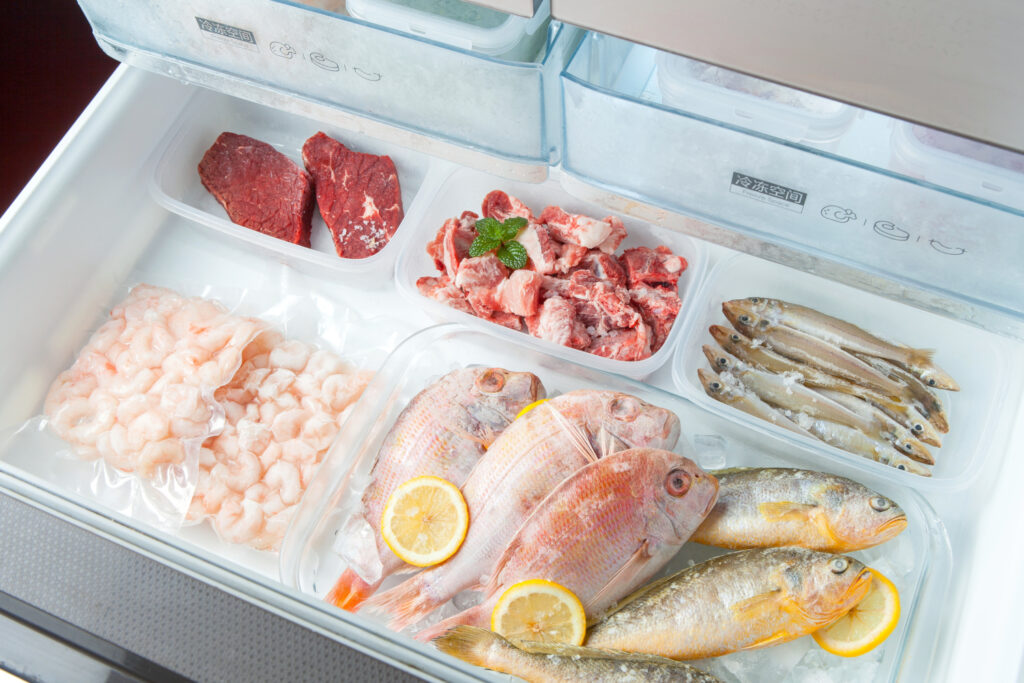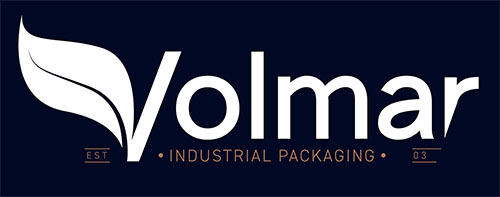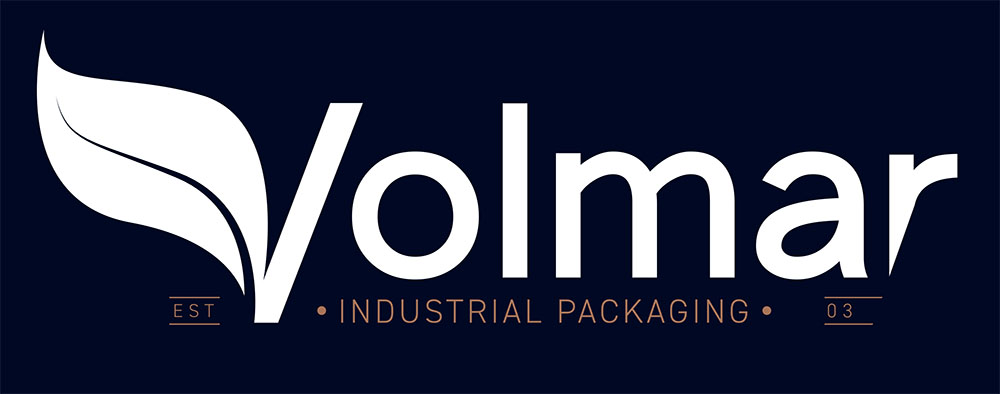
Frozen foods require special attention during the packaging process. Temperature is one of the most important factors to take into account, as frozen foods must be kept at a specific temperature.
That’s why it’s essential to package frozen foods correctly, taking great care over packaging processes to avoid compromising their shelf life. Let’s see some points to consider when packaging frozen food products.
Packaging frozen foods
Frozen food products are subjected to industrial freezing, a process in which the temperature is rapidly reduced to -18°C. This temperature must be maintained throughout the storage, transport and sales processes, otherwise it would cause the rapid expiration of the product and the proliferation of bacteria.
Frozen food packaging, therefore, must be suitable for these conditions, offering an adequate barrier effect against moisture and being impermeable to liquids. Frozen food packaging must also prevent the contents from leaking and preserve the quality, freshness and all the organoleptic properties of the frozen products.
Specific machines are also required to package frozen foods. One of these is a shrink-wrapping machine, which is particularly useful for frozen foods with an irregular shape. For loose products or food in trays, on the other hand, the best solution is a flow-wrapping machine because it wraps the product and creates impeccable food packaging.
How to guarantee freshness and quality
In order to guarantee the freshness and quality of frozen foods, they must always be kept in the cold chain, a system that maintains a fixed temperature throughout all the processes in the supply chain. Once the frozen foods have been packaged, they must be stored in cold rooms at a temperature between -25 and -18°C.
The same applies during transport, when refrigerated trucks and automatic temperature control systems are used. Then, the frozen foods are distributed to points of sale where they are stored in cold rooms or display fridges for retail use. The cold chain guarantees high standards of safety and quality, extending the shelf life of frozen products.
Frozen food packaging tips
Two elements are required for frozen foods to be managed in the cold chain: appropriate packaging machines and suitable food packaging. Some frozen food packaging solutions are particularly well suited to these products.
Take flow pack packaging, for example, including plastic films such as laminated or single-layer polypropylene films. Another ideal option is polyethylene, a non-toxic and light material with a high barrier effect. Flow pack packaging can also be customized with flexographic printing, a technique that offers countless design and personalization options.
Another suitable type of packaging for frozen food products is thermal bags, which provide good insulation and optimal preservation of frozen foods during distribution. Thermal bags are also impermeable to liquids, have high resistance and protect frozen food products in the event of partial defrosting or fragmentation due to impact.
Volmar Packaging offers professional packaging for frozen foods, with a wide range of innovative and reliable solutions. We supply plastic films and flow pack packaging to facilitate packaging processes and provide an optimal barrier effect to extend the shelf life of frozen foods.

